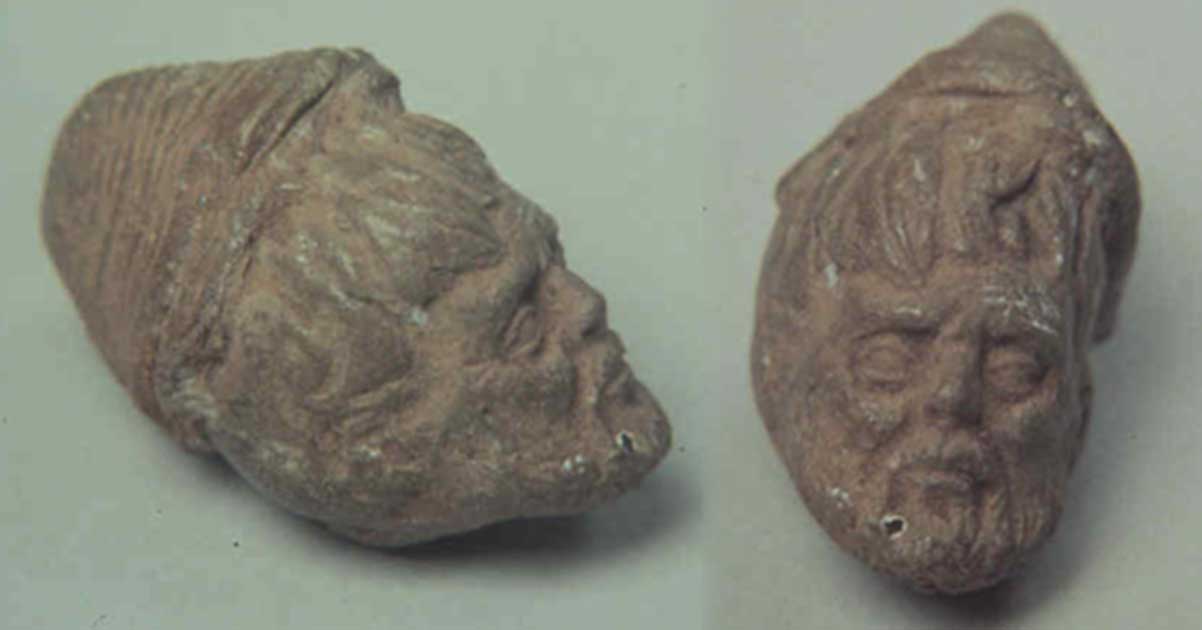Tecaxic-Calixtlahuaca head
Artifact
The Tecaxic-Calixthahuaca Head is a head figure that is believed to be part of a larger figurine. The head is argued to either be a Viking artifact, or evidence for Pre-Colombian contact, because of it's unique and Roman sculpture look.
Discovery
A figurine of a head was discovered in the pre-Hispanic town of Tecaxic-Calixtlahuaca in 1933 during an excavation of a burial offering that looked very similar to the Roman statues of the same time.
the head] is without any doubt Roman, and the lab analysis has confirmed that it is ancient. The stylistic examination tells us more precisely that it is a Roman work from around the II century A.D., and the hairstyle and the shape of the beard present the typical traits of the Severian emperors period [193-235 A.D.], exactly in the ‘fashion’ of the epoch." (Andreae cited in Domenici 2000: 29).
Context
Controversy
Pre-Colombian Contact
The figurine is often used to argue Pre-Colombian Contact, because the figurine has the appearance of a Roman statue found in Mesoamerica around the same time period. The Pre-Colombian contact argument will often say that it would be possible of a shipwreck to take place and the potential survivors could have drifted ashore.
Viking Souvenir
It is also argued that the figurine is a Viking souvenir.
References
Hristov, Romeo. Calixtlahuaca's Head. www.unm.edu/~rhristov/calixtlahuaca.html<refrences/>
